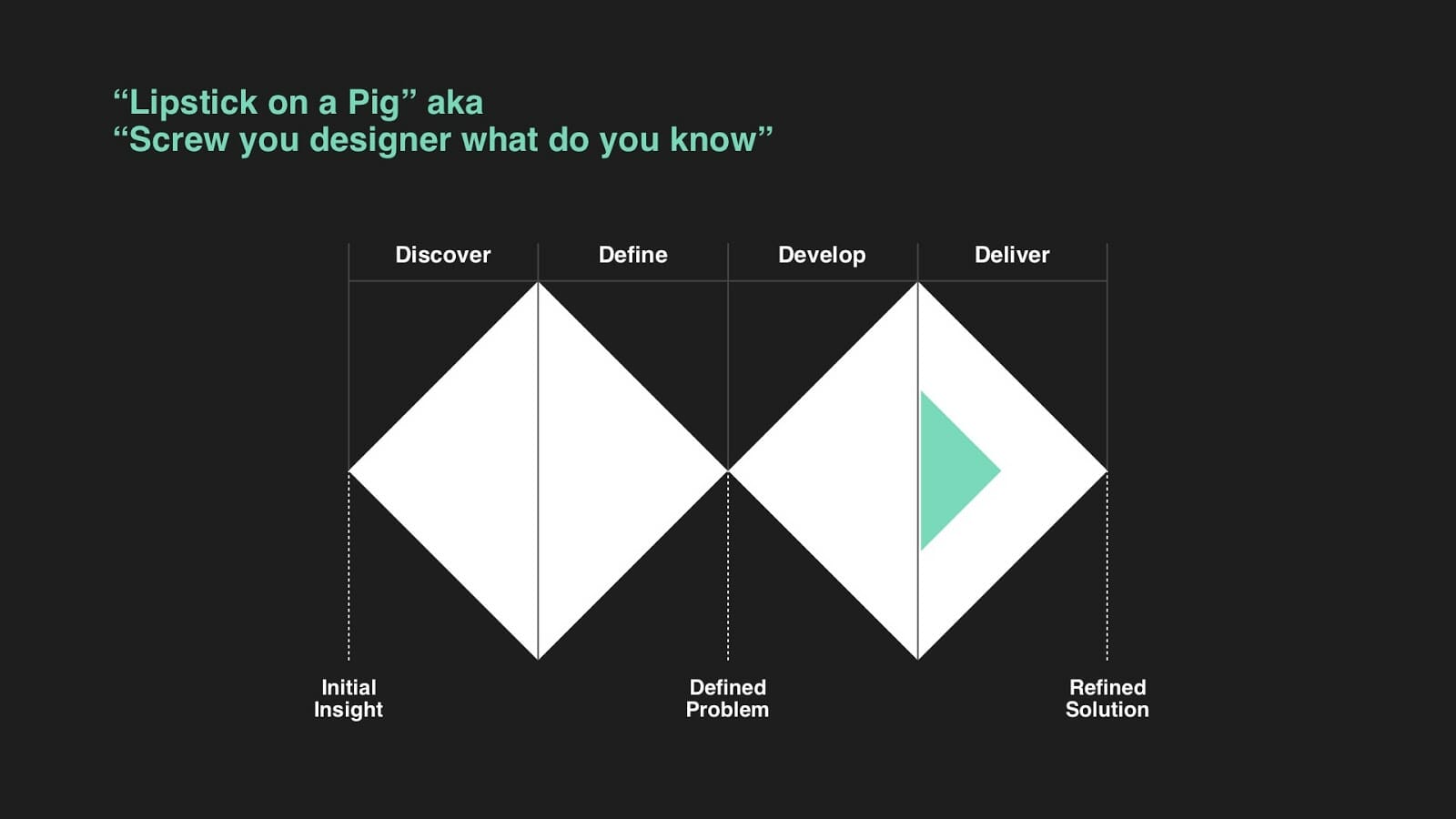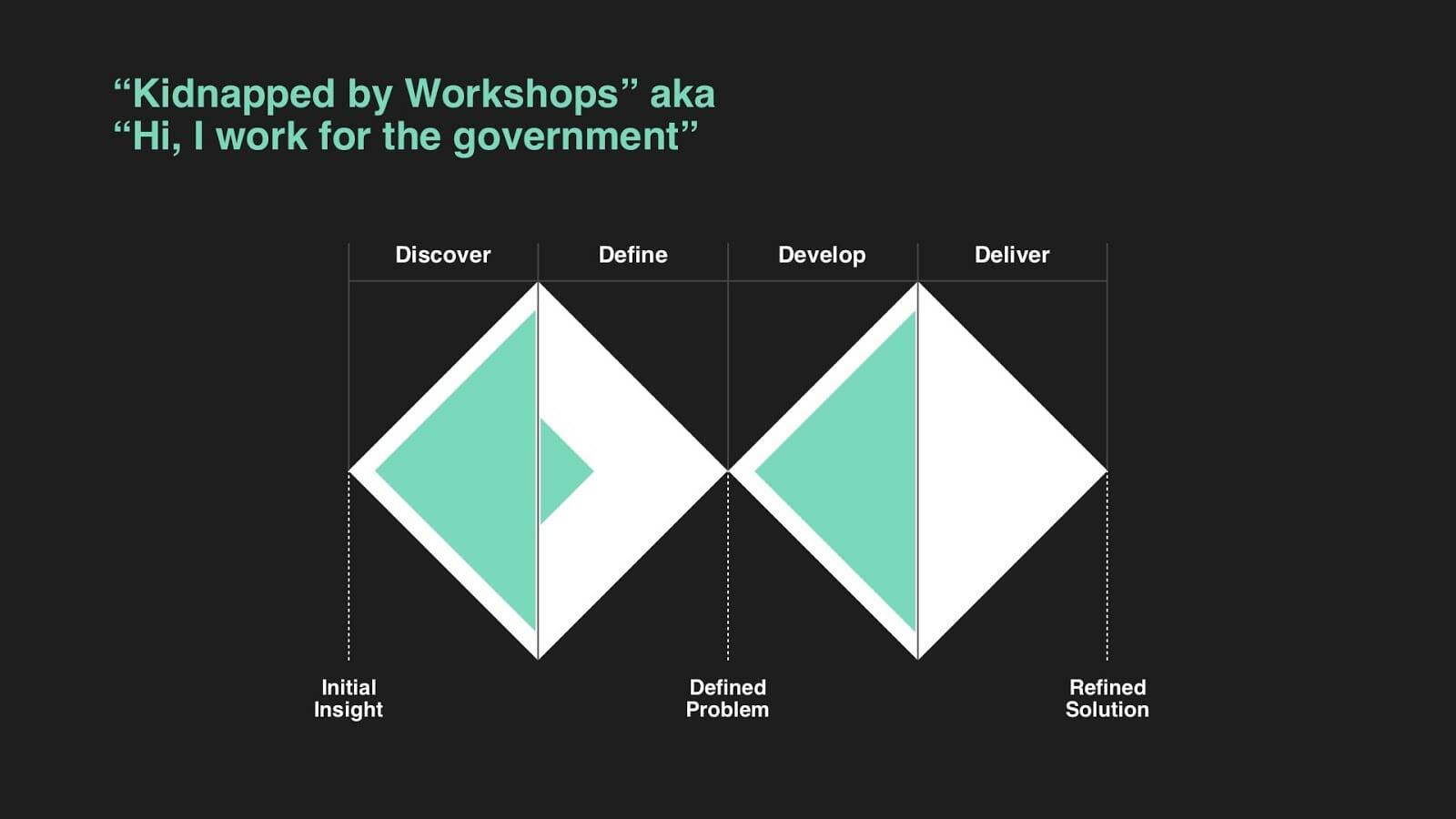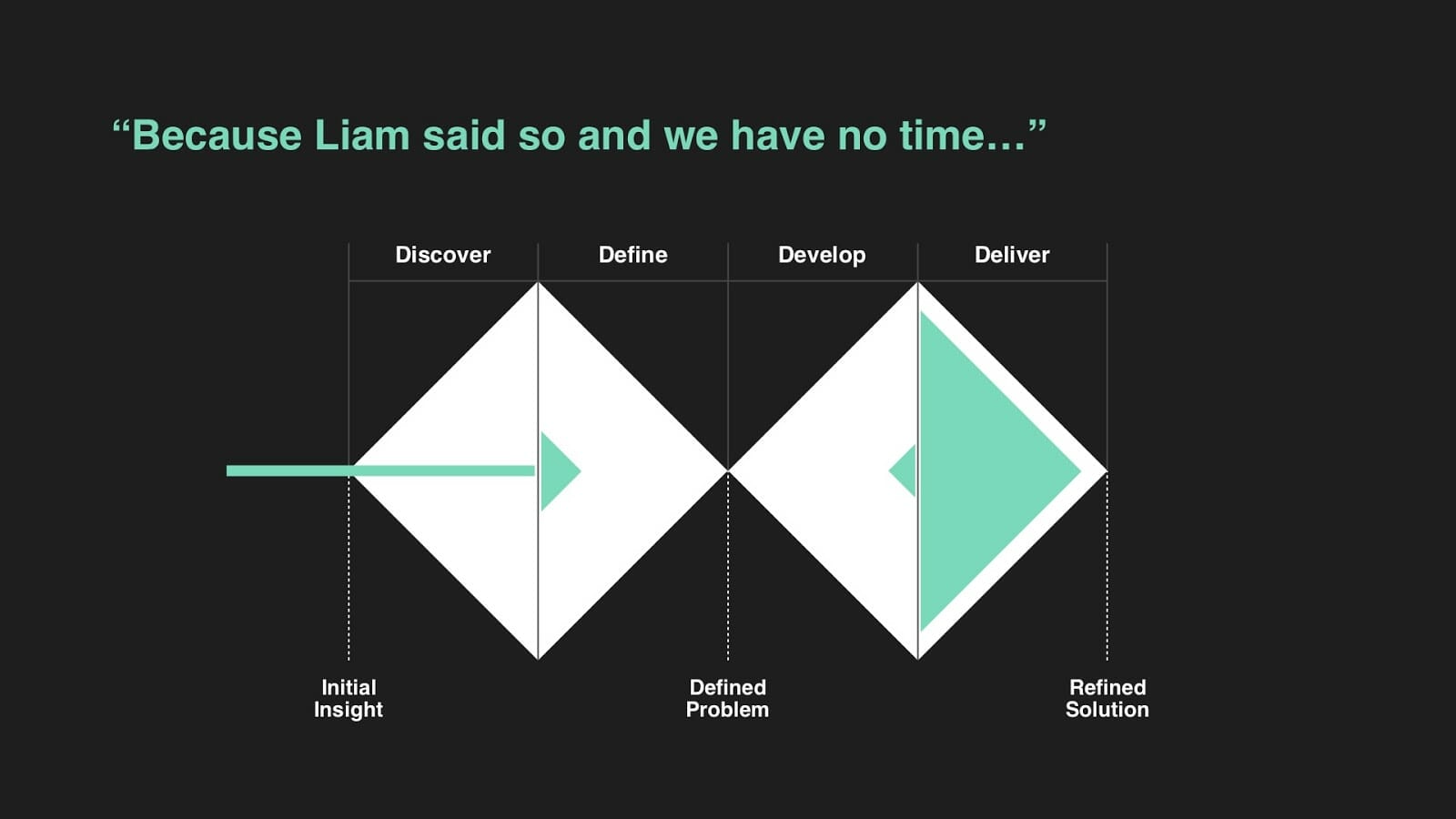Design Led or Designer Led? By Liam Casey [Mind the Product]

On World Product Day 2019 Liam Casey from ski-school platform flaik delivered a talk called “Design Led or Designer Led” to ProductTank Brisbane. The talk gave careful consideration to how design and product can integrate with strategy to produce the right kind of alignment for the company and outcomes for the customer. We had so much positive feedback after World Product Day that we asked Liam to present his talk again so we could live-stream it to ProductTanks in Sydney and Melbourne.
You can watch the video here:
Takeaways From the Talk
I see companies struggle with this topic all the time. They may try to decide if they’re technology led, design led, product led, or customer led, but what lies at the root of all of it are political struggles within the company and a lack of productivity.
Part of the inspiration for the theory of this talk stems from the Better by Design program run in New Zealand in 2003, which aimed to inspire and enable New Zealand’s best companies to succeed by design. The program’s effectiveness was measured against growth in digital exports.
Product Management Needs to Mature
It’s my goal to see an Australian company in the top 10 global market-cap companies within the next 10 years. I think we have the design and engineering capabilities to accomplish this, however, I believe our product management capability needs to mature in order to achieve it.
I think New Zealand is ahead of Australia in terms of product management and digital exports, and I’m sure the Better by Design program is partly responsible for this. It achieved some amazing results: a 24% annualised increase in digital exports and a 40:1 ROI over five years from the 132 participating companies. As TED conference founder Richard Saul Wurman said: “The fundamental failure of most graphic, product, architectural, and even urban design, is its insistence on serving the god of ‘looking-good’ rather than the god of ‘being-good’.”
Liam underscores this problem with an analysis of the UK Design Council’s Double Diamond model. Liam’s slides are shown below: he maps organisational dysfunctions in terms of how they would be represented against the double diamond. It’s a lot of fun to contemplate:
As a consultant I see departments becoming excited about approaches that place their own competency as the critical epicentre of the company, but they don’t consider whether that is good for what the company aims to achieve.
Align Design Strategy With Leadership Ambitions
Liam proposes it would be better for the company’s leadership team to consider what they’re trying to achieve and then to align the design and competitive strategy with it.
For example, a company looking to define and lead on a data interchange standard and platform for a particular industry may want strong technical leadership so that it can understand and equip developers. A company looking to innovate in new areas may want to have strong design and customer research processes. A company working in a rapidly moving and saturated market may need to have a significant focus on marketing or operational efficiency. The problem is that most departmental managers may not have the visibility or humility to see where their competency fits in the broader organisational objectives. To unpack this more, consider reading The Discipline of Market Leaders by Fred Wiersema.
The double diamond process is powerful and effective, but Liam showed it can’t be effective unless leadership first articulates where it should be aimed to understand the customer and deliver value. Leadership must first state how the company will win in its market so that the design team can define the end customer and determine what the company can deliver that meets their needs.
Even in a succinct target market, it’s not as easy as it might seem to define the customer is. Liam used the example of flaik which makes GPS trackers for kids in ski schools. Are its customers the kids or the instructors? It had to figure out that it was trying to meet the needs of instructors rather than the kids – who were just there to have fun. It’s then important to be honest how much innovation you really need. Does there need to be something very new or can you just optimise what already exists? There are other honest questions: do you want to be the best in the world (with the sacrifice that entails), or do you just want to be in it? Do you want to create a new space or just be in an existing one? If these questions aren’t asked and answered then asking team leaders will make assumptions without taking account of the variety of possible answers. And let’s not forget that the collective competency of the team should be honestly assessed. If the majority of the team is not highly practical then perhaps a goal to be the most system and process-efficient provider in the segment isn’t a good idea.
Design Won’t Save Your Business
In short, design won’t save your business but it will make it much more powerful if it’s lined up right.
Liam gave a few examples. Shower maker Methven was struggling until it decided to refine its understanding of its customers, namely women, and to combine its core capability of engineering and water flow control with the specific unmet needs of female customers. These unmet needs could be as simple as “where can I put my foot while I’m shaving my legs?”. He also looked at Phil & Teds’ baby strollers. Most baby-stroller advertising features happy babies but Phil & Teds decided instead to prioritise the parent buying the stroller. You’ll see this in its adverts – the child in the second seat doesn’t have a great view but mum looks amazing. Phil & Teds also realised it has great distribution partners and its success wasn’t as much about design as it was about leveraging distribution as a competitive advantage.
In these examples you can see that it isn’t design purely leading and defining, but rather design accentuating given an understanding of focus and context. The opposite would be to prioritise customer empathy to such a degree that it overrides organisational objectives, and then sooner or later no matter how good the design is, the designers will be out of a job.
The post Design Led or Designer Led? By Liam Casey appeared first on Mind the Product.
Source: Mind the Product https://www.mindtheproduct.com/design-led-or-designer-led-by-liam-casey/










Post a Comment